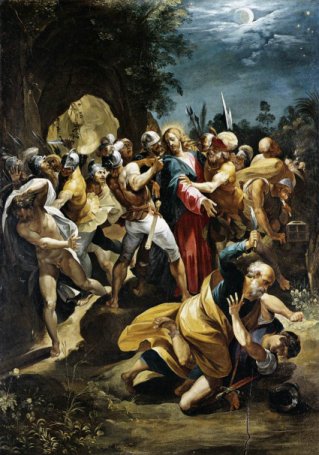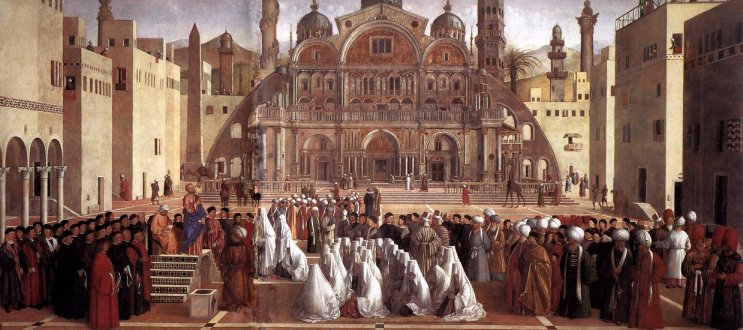|
Saint
Mark and Venice Who was he? |
|
|
The story of Mark is
largely lost in the mists of time, and it is almost impossible to sort out
truth from legend. Both the Catholic
Encyclopedia and indeed Wikipedia do
their best, and I would suggest turning to them if you would like more. |
|
|
|
|
|
|
|
|
Sources Where would we be without The Golden Legend? This is the best source for the romantic and fanciful legends of St. Mark, though It does not include his dream of his resting place in the Venetian Lagoon, which was very much local to Venice. Eusebius's Ecclesiastical History gives Mark a brief mention, locating him in Alexandria; Eusebius seems to have drawn what little information he had from the earlier writer Papias. As for Biblical sources, there are references to a Mark, and a John Mark, in Acts, in various letters of Paul, and in 1 Peter. |
|


